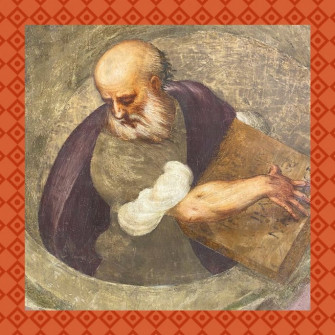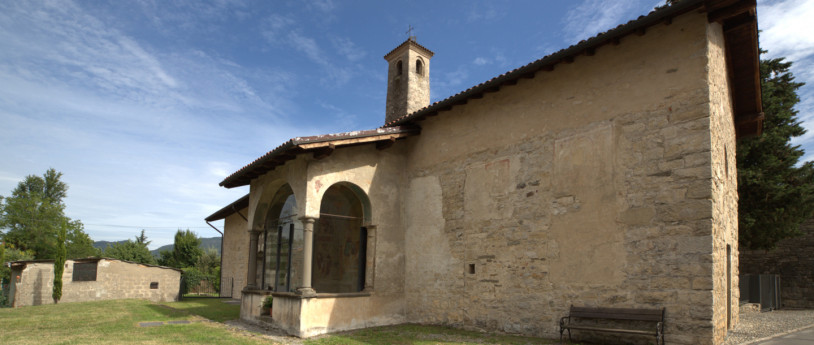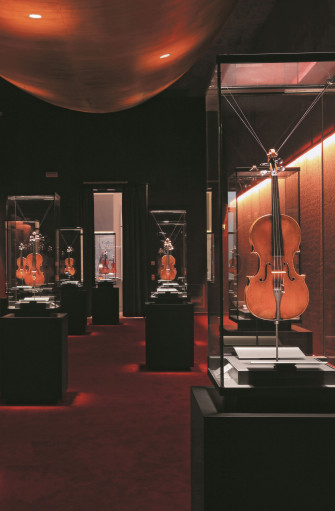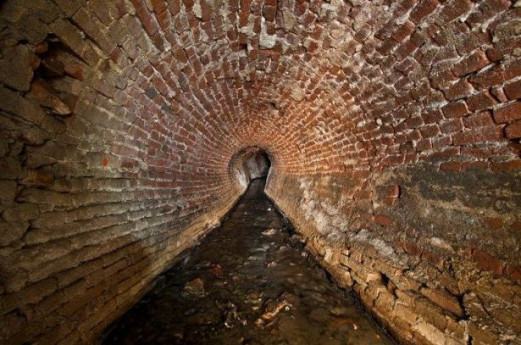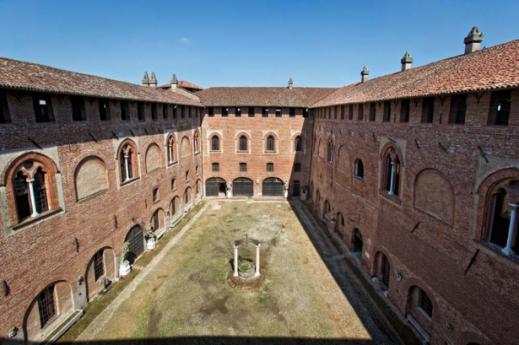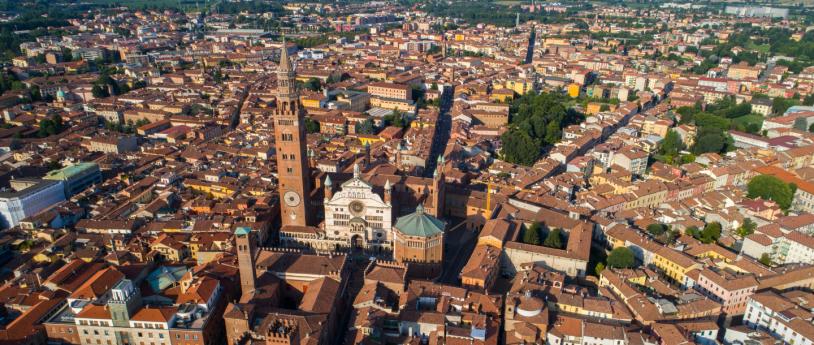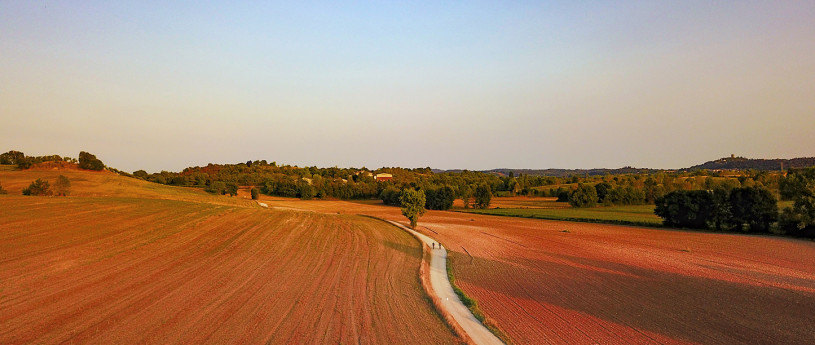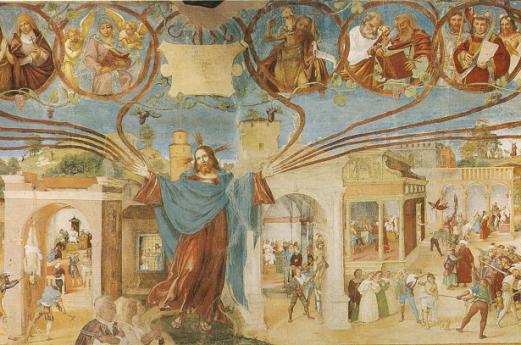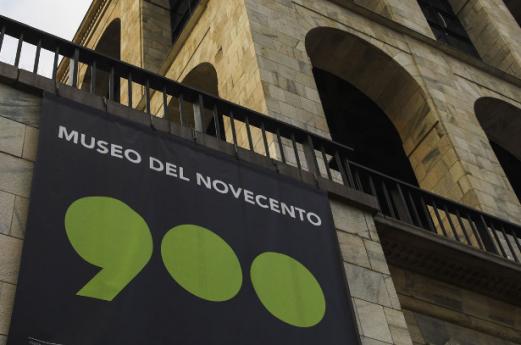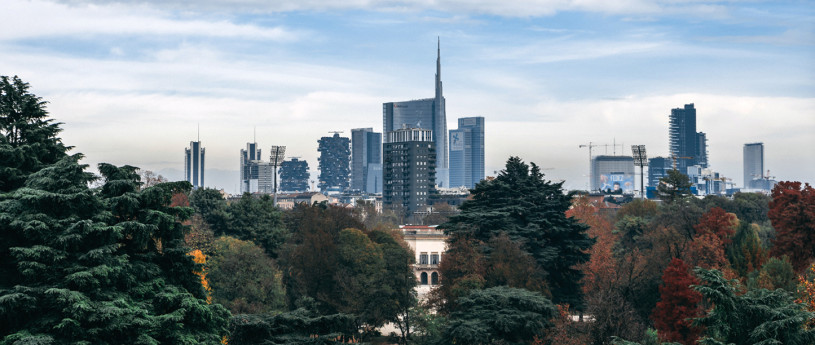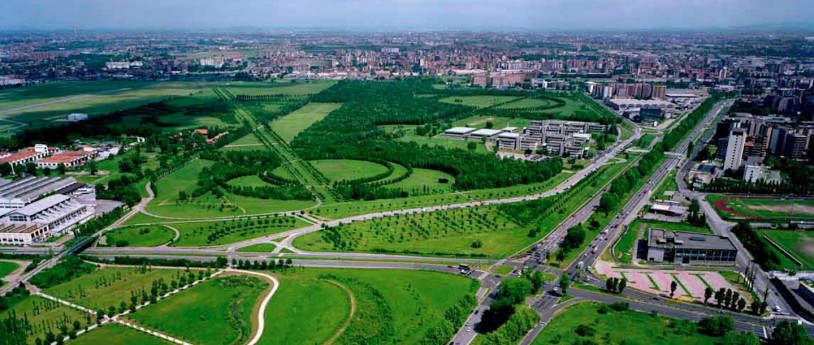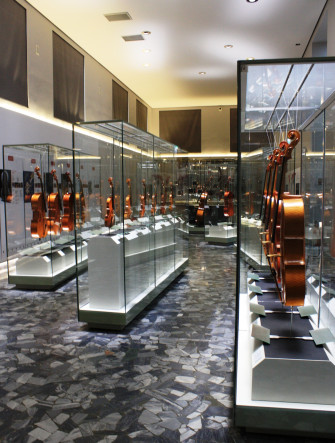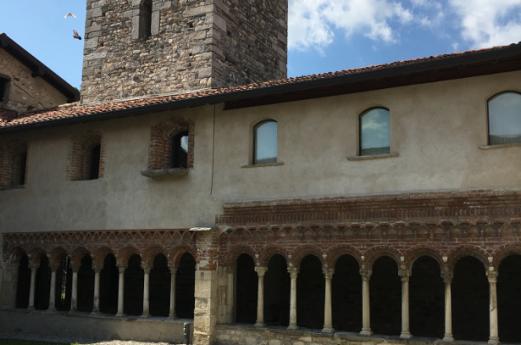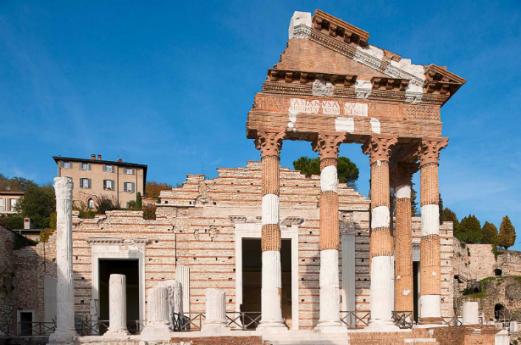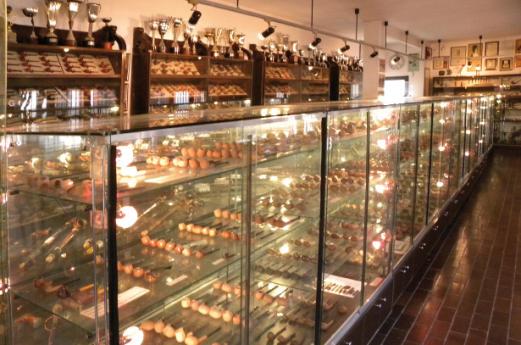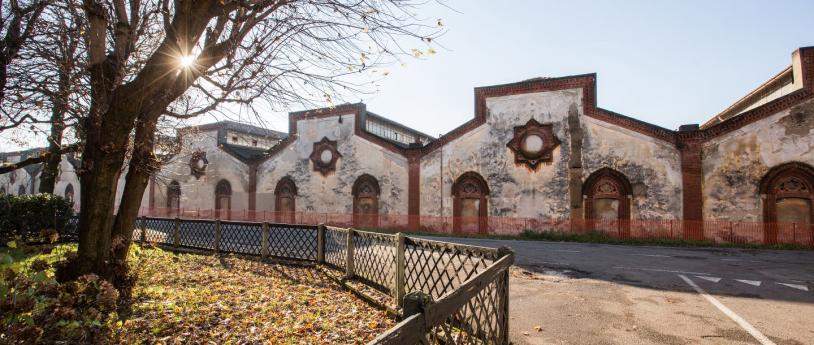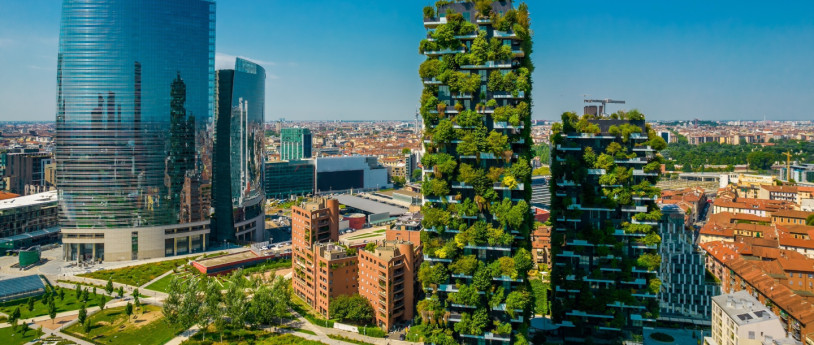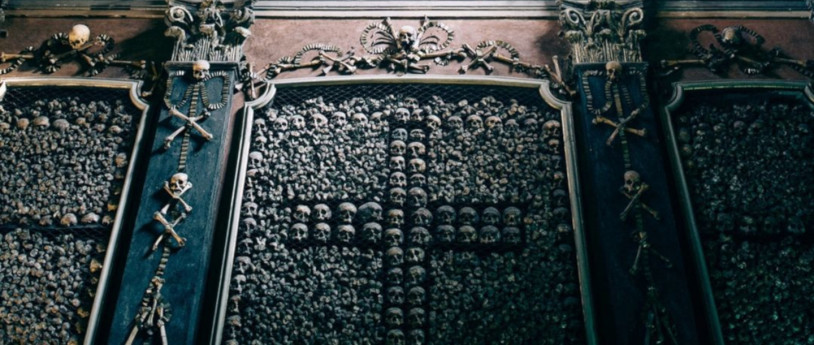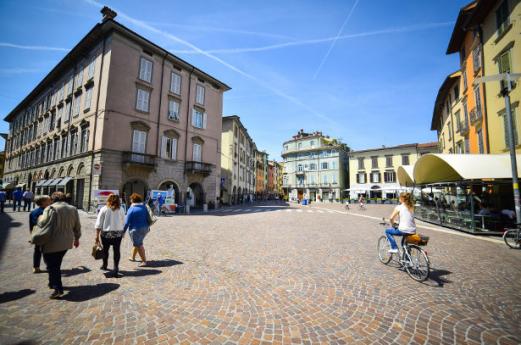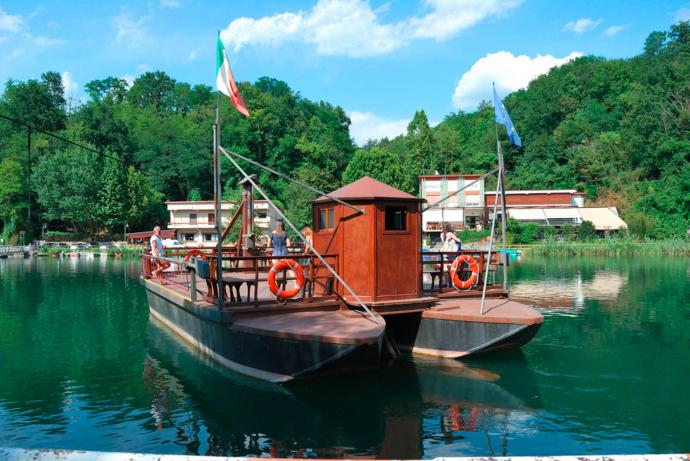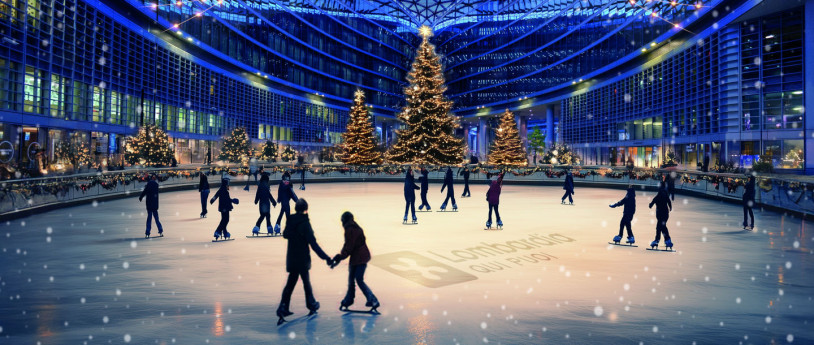- Art & Culture
- Religious Tourism
Legend of the Seven Brothers
An evocative tale of eight brothers, linked to each other, who lived in the Lecco area
Every territory has its own legends, tales that go deep into the centuries-old roots of its people's cultural heritage. They were created to celebrate events or figures that were fundamental for local history or in order to explain certain features that distinguished the Region's natural environment. They are told by the members of the community with the purpose of strengthening people's bonds with their native land.
One of the best known legends in the territory of Lecco, specially in the mountain area, is that of the seven hermit brothers, hailing from the late Middle Ages..
This suggestive tale tells the story of eight brothers who were very close and lived in the area of the Valsassina. When one of them died tagically in an act of unbelief and mockery towards God. The surviving siblings, shocked by the tragedy, chose to become hermits and live alone in the neighboring mountains.
A series of temples built in these localities take their name from each hermit who settled there: Saint Sfirio, the eldest brother, chose the summit of the Legnoncino at a1714 meters altitude, in an exceptional panoramic view of the lake and the area of Valvarrone. Saint Calimero went above Pasturo; Sant'Ulderico in the northern slopes of Mount Muggio, at a 1392 meters altitude (its XIth century parish has been cited in Goffredo da Bussero's Liber Notitiae Sanctorum Mediolani); Saint Grato in Val Muggisca; Saint Fedele in a forest called La Foppa not far from Casargo; and Saint Defendente in the zone between Esino Lario and Perledo.
Only Saint Margherita, the only sister (who some believe to be the maiden rescued from a dragon by Saint George), stayed at a level ground within the valley (in Somadino's Casargo) in order to be able to visit each of her brothers in their respective localities.
The saints were able to communicate with each other from their single hermitages by lighting bonfires. They used to burn shrubs every evening in order to protect the residents of these valleys and to greet their siblings, it was also a way of praying and a good omen to plead for Grace and Forgiveness.
Some of the seven churches, like that of Saint Margherita, are still well maintained and are open to the public, while others are unfortunately lost in time.
This legend has been interpreted as the transformation of an ancient local context that relied on these small churches with the task of spotting and reporting incoming hostile forces due to their particular panoramic position.
The memory of these seven hermit brothers lives on the customs of local populace and the churches that bear their names.
